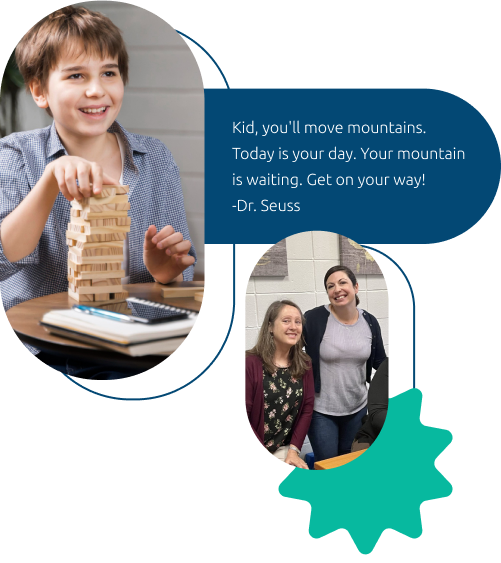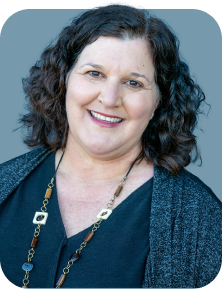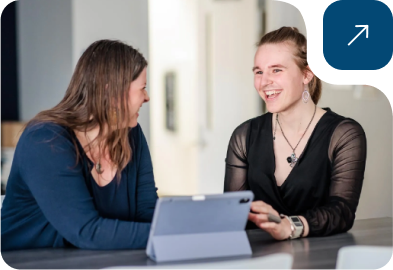Augmentative and Alternative Communication
AAC devices come in all shapes and sizes. Some examples include iPads, speech-generating devices (SGD), an eye gaze, communication boards, and picture books. Our specialists can help users find the right communication system to fit their lifestyle.
























